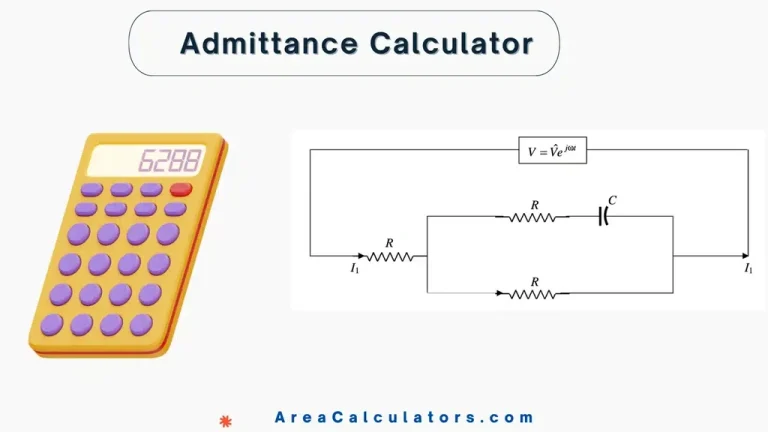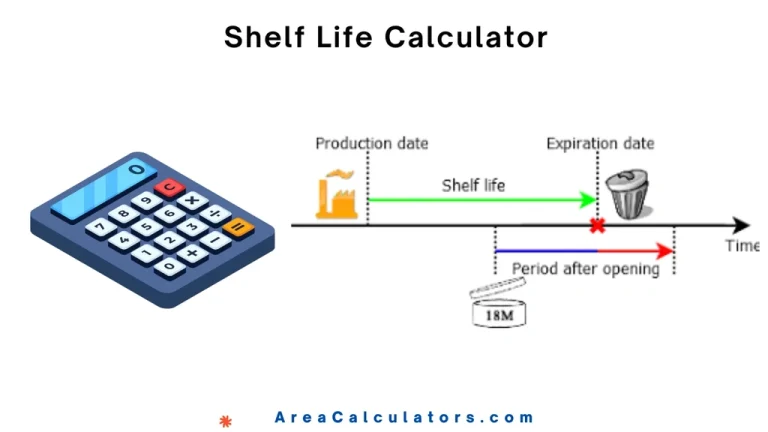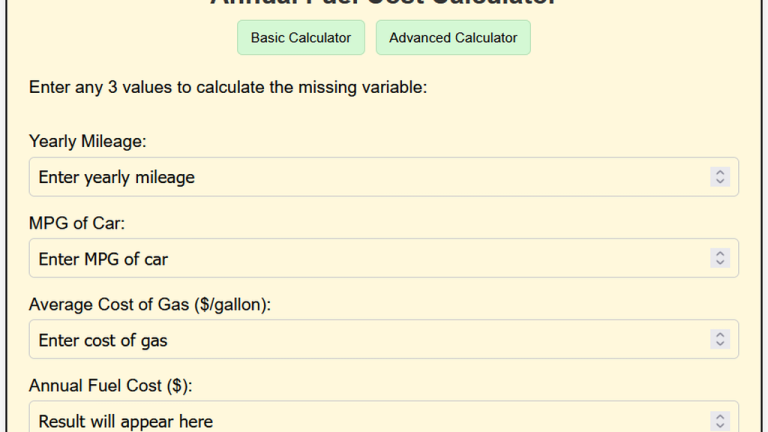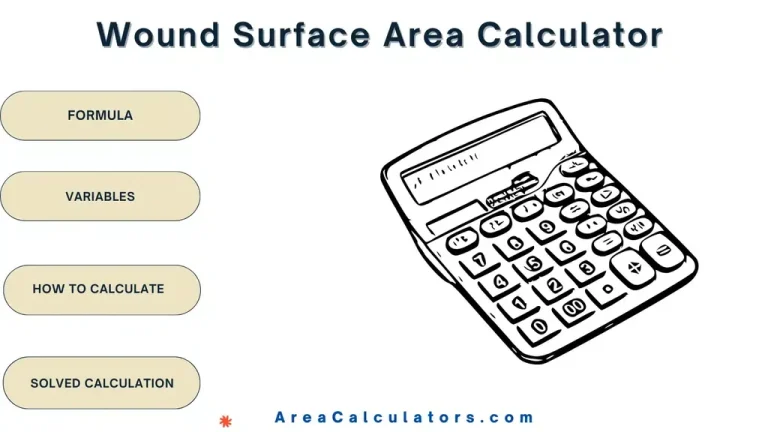Gram Schmidt Orthonormalization Calculator
The Gram-Schmidt process transforms a set of linearly independent vectors into an orthonormal basis by systematically orthogonalizing and normalizing each vector.
The Gram-Schmidt Orthonormalization Calculator simplifies the computation of orthonormal bases for vector spaces. This process is essential in linear algebra, quantum mechanics, and digital communications, where orthonormal vectors play a key role in simplifying problems and ensuring numerical stability.
This calculator is particularly useful for students and professionals working with orthogonalization, QR factorization, or eigenvector computations. By automating the complex calculations, it provides step-by-step results, saving time and reducing errors.
Formula
Step 1:
Step 2:
Step 3:
| Variable | Description |
|---|---|
| Original vectors | |
| Orthonormalized vectors | |
| Dot product of vectors | |
Solved Calculations
Example 1:
| Input | Value |
|---|---|
| Vector 1 () | (1, 0, 0) |
| Vector 2 () | (1, 1, 0) |
| Formula Used | ( u_1 = v_1 / |
| Orthonormal Basis |
Example 2:
| Input | Value |
|---|---|
| Vector 1 () | (2, 2, 1) |
| Vector 2 () | (1, 1, 1) |
| Formula Used | ( u_1 = v_1 / |
| Orthonormal Basis | Detailed basis vectors |
What is the Gram-Schmidt Orthonormalization Calculator?
The Gram-Schmidt Orthonormalization Calculator is a powerful mathematical tool. This tool can simplify the process of converting a set of linearly independent vectors into an orthonormal basis. This calculator is widely used in fields like linear algebra, quantum mechanics, and digital communications for vector transformations and system analysis.
It can handle tasks such as finding an orthogonal basis, computing the Gram-Schmidt process, and determining orthonormal vectors step-by-step.
Questions like how to use Gram-Schmidt to find an orthonormal basis or what does the Gram-Schmidt process produce are easily addressed using this tool. It supports advanced applications, including QR factorization and vector normalization in various mathematical and scientific contexts.
By automating the Gram-Schmidt process, the calculator simplifies intricate steps, ensuring precision and saving time for users. It’s ideal for students, researchers, and professionals working with vector spaces, whether in theory or practical applications.
Final Words:
In conclusion, the Gram-Schmidt Orthonormalization Calculator is an indispensable resource for simplifying vector transformations. It ensures accurate results, making it invaluable for academia and professional analysis.






